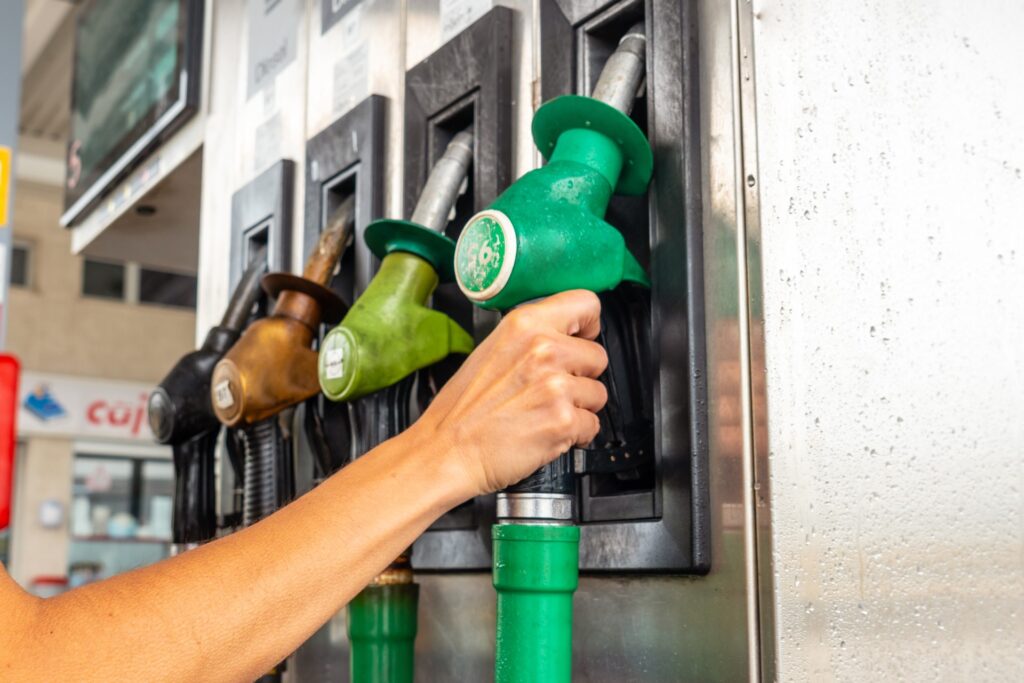
Monitoring fleet card transactions is essential for managing operational costs, preventing misuse, and improving overall fleet efficiency. With the right tools and strategy, businesses can gain full visibility into fuel expenses, driver behaviour, and vehicle performance. If you’re looking for a comprehensive fleet card program that offers robust tracking and control features, visit businessfleetsolutions.com to learn more about advanced fleet management solutions tailored to your business needs.
1. Use a Fleet Card Management Portal
Most fleet card providers offer a secure online portal or mobile app where fleet managers can monitor transactions in real time. These platforms typically allow you to:
- View detailed transaction logs by driver, vehicle, location, or time
- Download reports for accounting and tax purposes
- Customize dashboards to focus on key performance metrics
- Set up alerts for suspicious activity
These portals are usually cloud-based, making them accessible anytime and from anywhere.
2. Set Purchase Controls
Monitoring isn’t just about watching; it’s about preventing misuse before it happens. Most fleet cards allow you to configure custom controls, such as:
- Spending limits per day, week, or month
- Fuel type restrictions, ensuring purchases are limited to diesel or unleaded, as appropriate
- Time-of-day restrictions, so drivers can only fuel during business hours
- Geographic limitations, flagging or blocking transactions outside of designated zones
These controls help ensure that only authorized transactions occur, keeping costs under control and eliminating unauthorized purchases.
3. Enable Real-Time Alerts
You can set up automatic notifications for specific types of activity. For example:
- Alerts for transactions over a certain dollar amount
- Notifications for multiple fuel-ups in a short time
- Warnings if a driver tries to purchase non-fuel items (like snacks or beverages)
Real-time alerts keep you informed instantly, allowing for immediate action if something seems off.
4. Generate and Analyse Reports
Most fleet card systems offer customizable reports that help you spot trends and outliers. You can analyse:
- Fuel efficiency by vehicle or driver
- Average cost per mile
- Fuel consumption trends across the fleet
- Exceptions and suspicious transactions
These reports help you identify drivers who may need coaching or vehicles that are underperforming in terms of fuel efficiency.
5. Use Driver and Vehicle ID Verification
Fleet card transactions can be tied to a specific driver ID or vehicle ID. Requiring these identifiers at the pump:
- Enhances accountability
- Prevents card sharing or unauthorized use
- Ensures data accuracy when matching expenses to specific drivers or vehicles
This added layer of verification makes monitoring far more effective.
6. Integrate with GPS and Telematics Systems
Some advanced fleet card systems can be integrated with GPS tracking or telematics platforms. When paired together, you can:
- Match fuel purchases with GPS location to detect fraud
- Cross-check mileage with fuel consumption for efficiency analysis
- Verify that fuel stops align with scheduled routes
This creates a holistic view of both vehicle performance and fuel usage.
7. Regular Audits and Policy Enforcement
While automation makes monitoring easier, conducting regular manual audits is still important. Compare receipts, fuel logs, and system data periodically to ensure everything aligns.
Equally important is having a clear fleet fuel policy that all drivers understand. Clearly communicate acceptable use, reporting procedures, and consequences for misuse.
Monitoring fleet card transactions is more than just tracking receipts, it’s a comprehensive strategy that combines technology, controls, alerts, and driver accountability. With the right tools and policies in place, you can protect your business from unnecessary expenses, improve operational efficiency, and ensure that every gallon of fuel supports your bottom line.